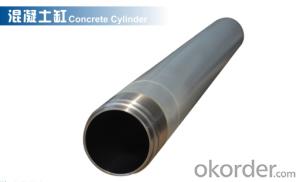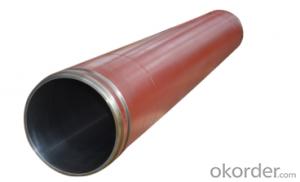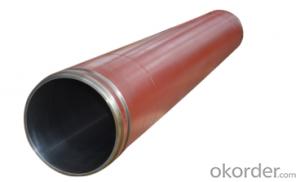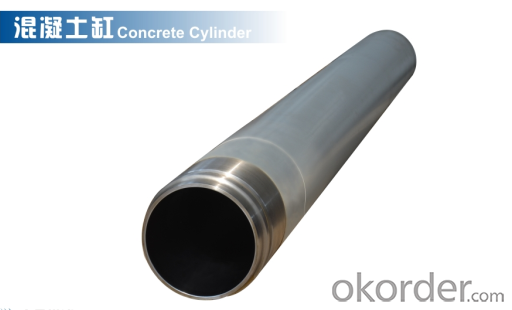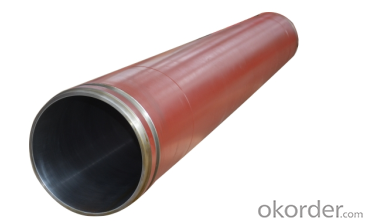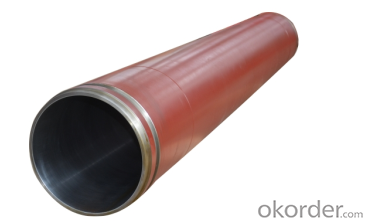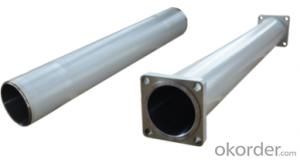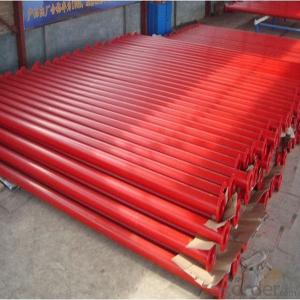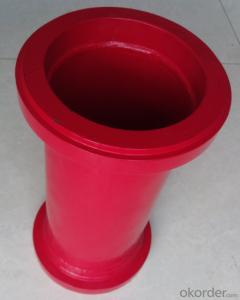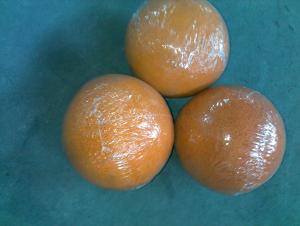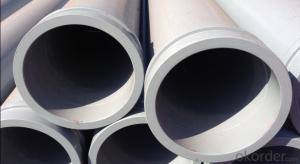DELIVERY CYLINDER(SCHWING ) I.D.:DN200 CR. THICKNESS :0.25MM-0.3MM COLOR:WHITE LENGTH:2125MM
- Loading Port:
- Shanghai
- Payment Terms:
- TT OR LC
- Min Order Qty:
- 2 pc
- Supply Capability:
- 1000 pc/month
OKorder Service Pledge
Quality Product, Order Online Tracking, Timely Delivery
OKorder Financial Service
Credit Rating, Credit Services, Credit Purchasing
You Might Also Like
Packaging & Delivery
| Packaging Detail: | wooden case, seaworthy packing |
| Delivery Detail: | 15 days |
Specifications
Concrete Pump Delivery Cylinder DN230*2100
1. Capacity: 60,000~80,000cbm
2. Size: DN180, DN200, DN230..
4. Brand: PM, Sany,ZM
Concrete Pump Delivery Cylinder DN230*2100
1. Material: C45
2. quenching and tempering to improve the hardness to HB241-280
3. inner wall chrome thickness is 0.25-0.30mm, hardness HV820-900.
4. Brand: SCHWING, PM, SANY, KYOKUTO, CIFA
5. Capacity: 60,000~80,000cbm
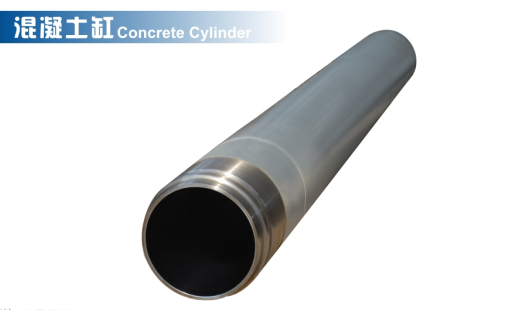
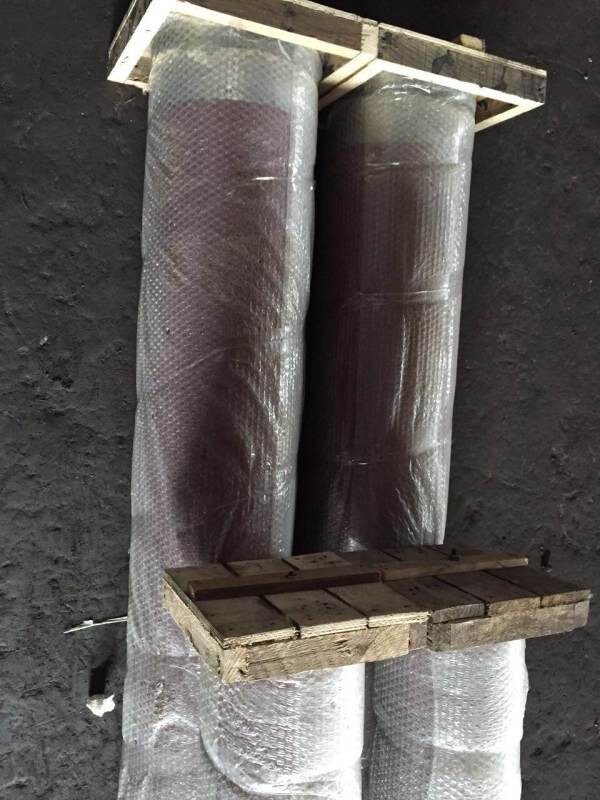
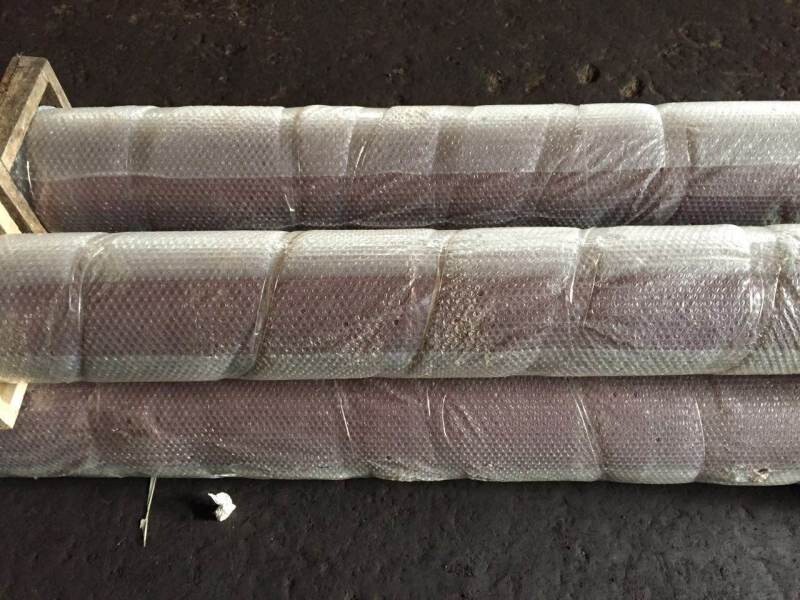
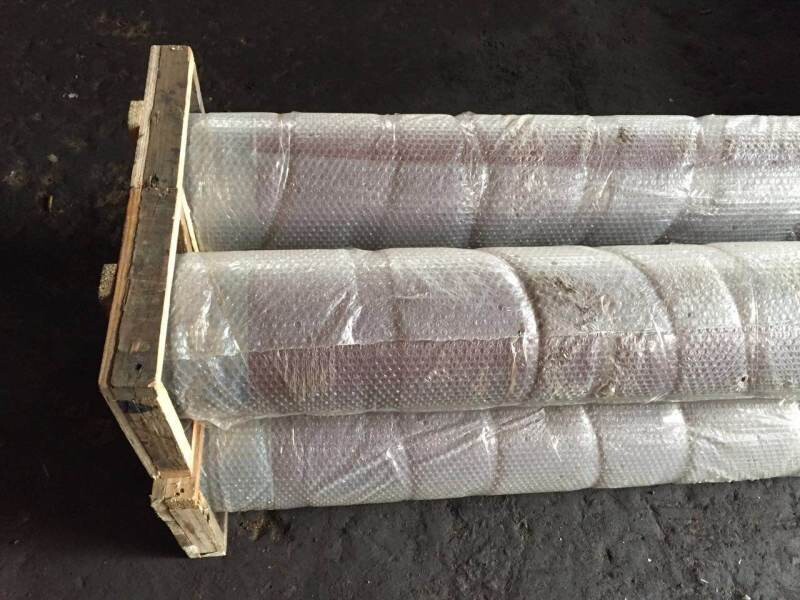
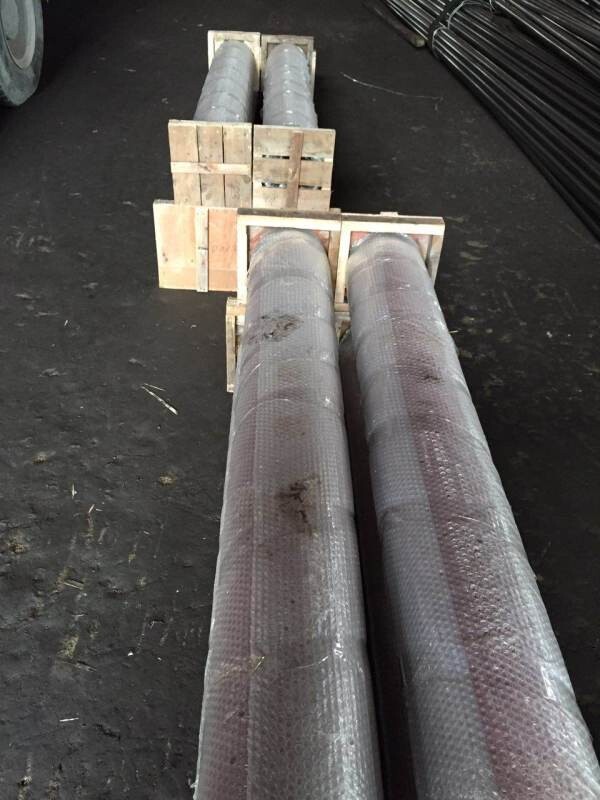
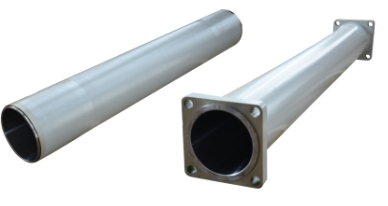
- Q: What is the function of a concrete pump outrigger?
- The function of a concrete pump outrigger is to provide stability and support to the concrete pump while it is in operation. The outrigger extends from the sides of the pump and is used to distribute the weight of the pump and concrete being pumped, preventing it from tipping over or causing any instability.
- Q: What is the purpose of a concrete pump electric motor?
- The purpose of a concrete pump electric motor is to provide the necessary power and energy to operate the concrete pump. The motor converts electrical energy into mechanical energy, which is then used to drive the pump's hydraulic system. This hydraulic system is responsible for sucking in concrete from the hopper and pumping it through the pipes to the desired location. The electric motor ensures a smooth and efficient operation of the concrete pump, allowing for precise placement of the concrete and increased productivity on construction sites. Additionally, the use of an electric motor eliminates the need for manual labor and reduces emissions compared to traditional diesel-powered pumps, making it a more environmentally friendly option.
- Q: What are the indications of a faulty control lever?
- There are several indications that can suggest a faulty control lever. First and foremost, if the control lever is not responding or is sluggish when you try to engage or disengage a specific function, it could be a sign of a problem. This could include difficulty shifting gears, adjusting speed, or operating various controls such as the throttle or clutch. Another indication of a faulty control lever is if it becomes loose or wobbly. If you notice excessive play or movement in the lever, it could indicate that the mechanism connecting the lever to the control system is worn out or damaged. This can compromise the accuracy and precision of the control lever, making it difficult to operate the intended functions effectively. Additionally, unusual noises or vibrations coming from the control lever can be a sign of a fault. This could be a result of loose or broken components within the control lever assembly, indicating that it needs to be inspected and repaired. Lastly, if the control lever becomes stuck or jammed in a certain position, it is a clear sign of a faulty lever. This can prevent you from properly controlling the equipment or vehicle, posing safety risks. In any case, if you suspect a faulty control lever, it is essential to have it inspected and repaired by a qualified technician to ensure proper functioning and safe operation.
- Q: Are there any specific guidelines for the disposal of packaging materials of concrete pump spare parts?
- Yes, there are specific guidelines for the disposal of packaging materials of concrete pump spare parts. It is recommended to follow local regulations and environmental guidelines to ensure proper disposal. This may include recycling or reusing packaging materials whenever possible and disposing of them in designated waste management facilities.
- Q: What are the causes of pipe blockage in concrete pump?
- When the fine sand content through the 0.315mm screen is small, even if other concrete technical specifications meet the requirements, it will plug the pipe. Because these fine sand plays a similar role in the concrete, it can reduce the friction between the tube wall and concrete, improve the fluidity, increase the cohesion and water retention, and greatly affect the concrete pumping performance
- Q: Are there any specific cleaning procedures for concrete pump spare parts?
- Concrete pump spare parts have specific cleaning procedures that must be followed to maintain their efficiency and longevity. It is crucial to ensure that these parts are clean and free from any dirt or debris. Here are some general guidelines to consider when cleaning concrete pump spare parts: 1. Prioritize Safety: Before initiating the cleaning process, ensure that you are wearing appropriate personal protective equipment (PPE), such as gloves and safety goggles, to protect yourself from potential hazards. 2. Disconnect Power: Before cleaning any electrical or mechanical parts, make sure to disconnect the power supply to prevent accidents. 3. Eliminate Excess Dirt: Employ a brush or dry cloth to eliminate any loose dirt or debris from the surface of the spare parts. This action will enhance the effectiveness of the cleaning process. 4. Utilize Suitable Cleaning Solution: Select an appropriate cleaning solution based on the type of spare parts and the level of dirt. Mild detergents or soapy water are generally safe to use, while harsh chemicals or solvents should be avoided to prevent damage to the parts. 5. Scrub and Rinse: Dip a clean cloth or sponge into the cleaning solution and gently scrub the spare parts to remove stubborn dirt or stains. Thoroughly rinse the parts with clean water to eliminate any residue from the cleaning solution. 6. Complete Drying: After rinsing, make sure to completely dry the spare parts using a clean cloth or by air-drying. Moisture can lead to rust or corrosion, so ensuring thorough drying is essential. 7. Lubricate Moving Parts: Apply an appropriate lubricant to any moving components, such as bearings or gears, to ensure smooth operation. This will help prevent wear and tear and extend the lifespan of the parts. 8. Regular Maintenance: To maintain the optimal condition of the concrete pump spare parts, it is recommended to perform regular cleaning and maintenance. Periodically inspect them for any signs of damage or wear and replace them if necessary. By adhering to these specific cleaning procedures, you can effectively clean and maintain the concrete pump spare parts, guaranteeing their reliability and longevity.
- Q: How do I properly maintain and replace hydraulic motors in concrete pump spare parts?
- Proper maintenance and replacement of hydraulic motors in concrete pump spare parts is crucial to ensure the smooth operation and longevity of the equipment. Here are some steps to guide you in maintaining and replacing hydraulic motors effectively: 1. Regular Inspection: Perform routine inspections of the hydraulic motors to identify any signs of wear, damage, or leaks. Check the fluid levels and ensure they are at the recommended levels. 2. Cleanliness: Keep the hydraulic motors clean by removing any dirt, debris, or contaminants. This helps prevent the motors from overheating and minimizes the risk of damage to the internal components. 3. Fluid Maintenance: Regularly check and change the hydraulic fluid according to the manufacturer's recommendations. Clean and replace the filters to ensure the fluid is free from any particles that can cause damage to the motors. 4. Lubrication: Lubricate the hydraulic motors as per the manufacturer's instructions. This helps reduce friction and wear on moving parts, improving the overall performance and lifespan of the motors. 5. Proper Usage: Operate the concrete pump within the recommended load and pressure limits specified by the manufacturer. Overloading or excessive pressure can cause stress on the hydraulic motors, leading to premature failure. 6. Timely Replacement: Keep track of the service life and usage of the hydraulic motors. Over time, these motors may wear out and become less efficient. Replace them promptly when necessary to prevent any disruption to the concrete pumping operations. 7. Seek Professional Assistance: If you are unsure about maintaining or replacing hydraulic motors, it is advisable to seek professional assistance. They have the expertise and knowledge to carry out the necessary tasks correctly, ensuring the safety and optimal performance of the concrete pump spare parts. By following these steps, you can properly maintain and replace hydraulic motors in concrete pump spare parts, ensuring the longevity and efficiency of your equipment.
- Q: What are the indications of a weak or dead remote control battery?
- The signs of a weak or dead battery in a remote control can vary depending on the type of remote control used. Nevertheless, there are some common signs to look out for. One of these signs is a noticeable decrease in the operating range or distance of the remote control. This means that you may need to be closer to the device you want to control for the remote to work properly. Another sign is when the remote control buttons become unresponsive or require multiple presses to function. Additionally, you may observe a delay in the response time of the device when using the remote control. In certain cases, the remote control may stop functioning altogether, indicating that the battery is completely dead. If you notice any of these signs, it is advisable to replace the battery in the remote control to ensure reliable performance.
- Q: What are the different types of concrete pump rubber pistons?
- There are generally two types of concrete pump rubber pistons: single-layer pistons and double-layer pistons. Single-layer pistons are made of a single piece of rubber and are commonly used for small to medium-sized concrete pumps. On the other hand, double-layer pistons have an additional layer of fabric or wire mesh embedded within the rubber, providing increased durability and strength. These double-layer pistons are typically used for larger concrete pumps and heavy-duty applications.
- Q: What is the second generation pumping technology of concrete pump?
- The whole hydraulic control technology delivery pump has no constant pressure pump, no PLC in the control box, no nitrogen gas storage tank and no close switch at the water tank. The structure is simple, and the maintenance cost is greatly reduced.
Send your message to us
DELIVERY CYLINDER(SCHWING ) I.D.:DN200 CR. THICKNESS :0.25MM-0.3MM COLOR:WHITE LENGTH:2125MM
- Loading Port:
- Shanghai
- Payment Terms:
- TT OR LC
- Min Order Qty:
- 2 pc
- Supply Capability:
- 1000 pc/month
OKorder Service Pledge
Quality Product, Order Online Tracking, Timely Delivery
OKorder Financial Service
Credit Rating, Credit Services, Credit Purchasing
Similar products
Hot products
Hot Searches
Related keywords
